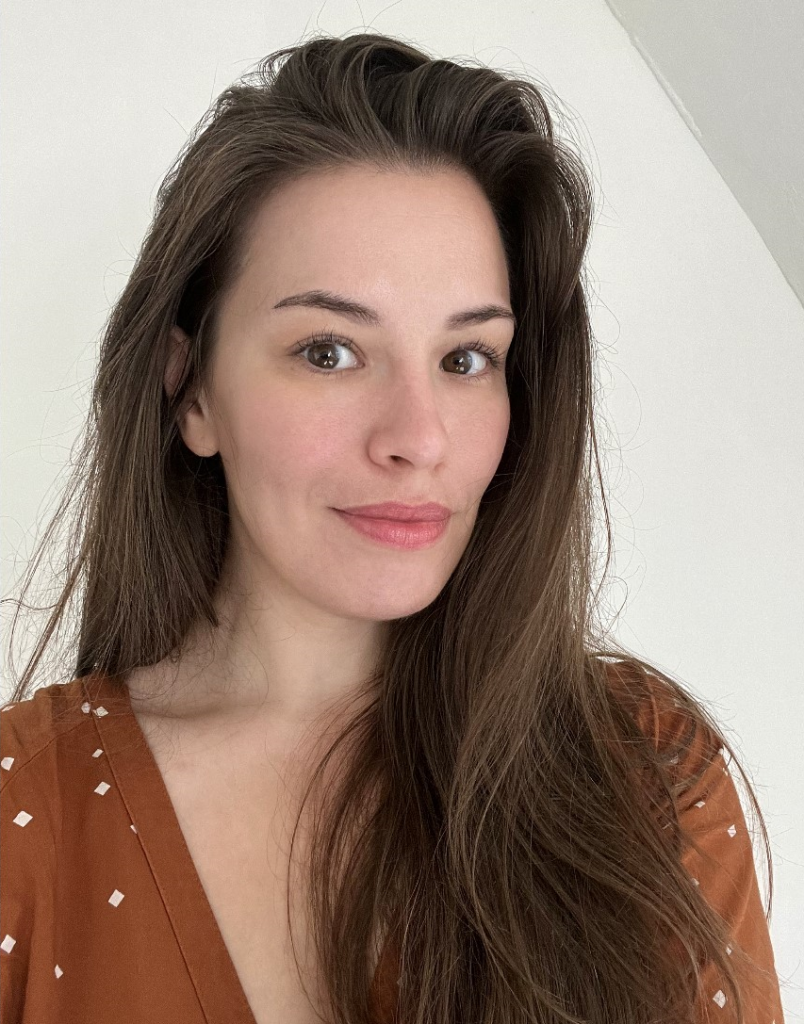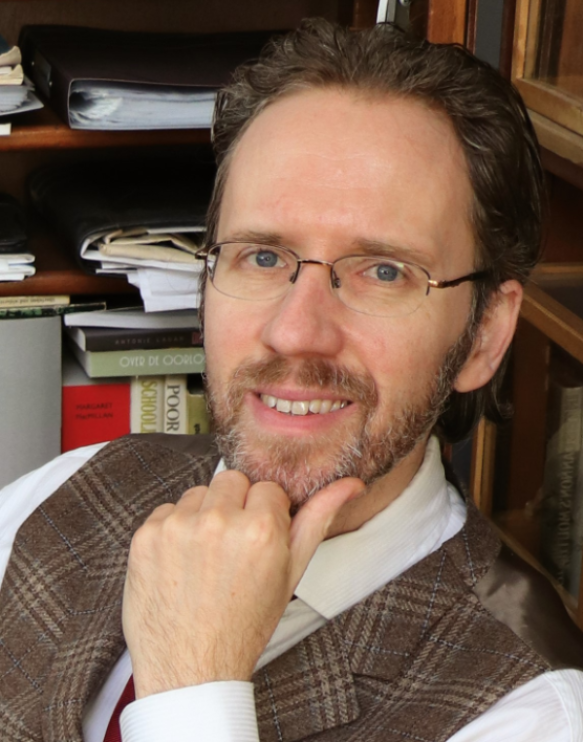Visual Snow Europe Foundation was established in 2021 with the aim of raising awareness of the rare neurological disorder Visual Snow Syndrome (VSS). Diagnosis still leaves much to be desired due to the lack of knowledge.
We want to paint a complete picture with the help of scientific articles. We ourselves have experienced how difficult it is to arrive at a correct diagnosis and also to find correct and reliable information. In addition, we hope to inform patients and doctors and counteract misinformation. We hope to motivate doctors to implement a proper protocol for VSS.

My name is Maartje van Meijel. I am Chair and Co-Founder of Visual Snow Europe Foundation.
In late 2015, I gradually began to develop severe visual symptoms. At the time, I did not yet know that these were neurological in nature. Persistent spots and visual noise appeared across my entire visual field and did not disappear. The symptoms intensified over time, and I soon developed extreme light sensitivity: almost every light source triggered severe head and eye pain.
On 1 January 2016, I woke up experiencing the full spectrum of symptoms characteristic of Visual Snow Syndrome. Alongside very intense visual static, I developed extreme afterimages, light flashes, pulsating vision and tinnitus. The visual symptoms were also present with my eyes closed, leaving no moment of visual rest. This was accompanied by a persistent migraine-like state and resulted in months of severe sleep disturbance. The constant absence of sensory relief had a profound impact on my daily functioning.
What followed was a prolonged search for a diagnosis. In primary care, I quickly encountered a lack of knowledge and recognition. Within neurology, my symptoms were initially attributed to an unusual form of migraine. When treatments proved ineffective, understanding diminished and I was advised to stop pursuing a diagnosis and instead focus on medical rehabilitation. For me, this felt like abandoning an essential search too early.
By continuing to actively seek answers, I was referred in 2018 to Leiden University Medical Centre (LUMC), where an expert centre for Visual Snow Syndrome existed at the time. There, I received the diagnosis of VSS. The neurologist involved emphasised that it had been right to continue searching and to take my symptoms seriously.
The Dutch expert centre for Visual Snow Syndrome has since been closed due to a lack of structural funding and expertise. As a result, it became necessary for me, like many other patients, to seek further expertise outside the Netherlands. In this context, I had contact with Professor Dr Christoph Schankin, one of the international experts in Visual Snow Syndrome and involved in the development of the current international diagnostic criteria.
This international orientation not only confirmed the neurological nature of the condition for me, but also highlighted the significant gap that still exists between scientific knowledge and everyday clinical practice. Many people with Visual Snow continue to fall through the cracks of the healthcare system.
These experiences were among the reasons for founding Visual Snow Europe. Through the foundation, I work to improve awareness, provide reliable information, foster international collaboration with clinicians and researchers, and contribute to better diagnostics and care protocols.
I am originally trained as a lawyer and in my professional life work as Editor-in-Chief of a magazine. I regularly write on health, politics and women’s rights, and some of my articles have been published in a well-known Dutch newspaper ‘de Volkskrant’. This background helps me to analyse complex medical and societal issues with care and to translate them into accessible, accurate communication—an approach that is also central to my work for Visual Snow Europe.
My aim is that people with Visual Snow Syndrome will be recognised more quickly, taken seriously, and better supported in the future—without having to spend years searching for answers, as so many currently do.

I’m Vincent van de Vrede and I am co-founder and secretary of this foundation. I enjoy being able to work for people who also have Visual Snow Syndrome. I know from my own experience that this brain disorder can have a major impact on your life, although the manifestations are very diverse. So many brains, so many types of VSS. My own history with VSS started in childhood. In the dark I saw a lot of visual snow, but I thought that was normal.
Around the age of nineteen, dizziness and tinnitus manifested themselves. I also suffered from light sensitivity. In the years that followed, more and more of the VSS symptoms gradually unfolded. In 2005 a lot of floaters suddenly arose and the visual snow became significantly worse. When I looked outside, it was raining, or so it seemed. In reality it was dry, but the snow image gave a different impression. A few years later, the afterimages increased, the blue field and many other typical phenomena. When I look back on the last twenty years, I see a disease that slowly but surely developed and spread more widely. It was years of groping in the dark about these strange complaints, in which I saw no pattern at first. Only in 2011, a German neurologist (Klaus Podoll, known for his pioneering work in the field of migraine aura) diagnosed Visual Snow Syndrome, which was later confirmed by two neurologists. Finally there was clarity!
For me it was a real revelation when I knew I had this. I recognized all the symptoms seamlessly. It’s like having a painting by Van Gogh in your home that you thought you were the only one until then, but then suddenly you discover that there is also a museum that has an exact copy. The recognition made a lot of sense to me. Through the Visual Snow Europe foundation, I want to contribute to public awareness of this condition and stimulate research into it. Due to the relatively limited group of patients, we have decided to orientate ourselves internationally. Hence the bilingual structure of our foundation and the website. We want to properly inform patients and be a reliable platform for information about this rare, but for many, a major condition.


